Planning Commission: Yes to Church-Nonprofit Partnership to House Aged-Out Foster Youth
Olive Crest and Crest Community Church to create 'home with purpose' on church property.
A new tablet will commemorate Booker T. Washington’s visit to Mount Rubidoux, where he stood with Frank A. Miller to take in Riverside’s landscape.

During Frank A. Miller's lifetime, several historic tablets were installed in various locations on Mount Rubidoux. Later this month, a new tablet will be dedicated in honor of Miller and Booker T. Washington. This tablet fits well with the mountain's history and Miller's legacy.
At the dedication of the road on Mount Rubidoux on February 22, 1907, Jacob Riis tied together events from California history by referring to the flag and the cross. Two months later, on April 26, Miller erected a cross on the summit of the mount. Below the cross, a tablet commemorating this event was set.
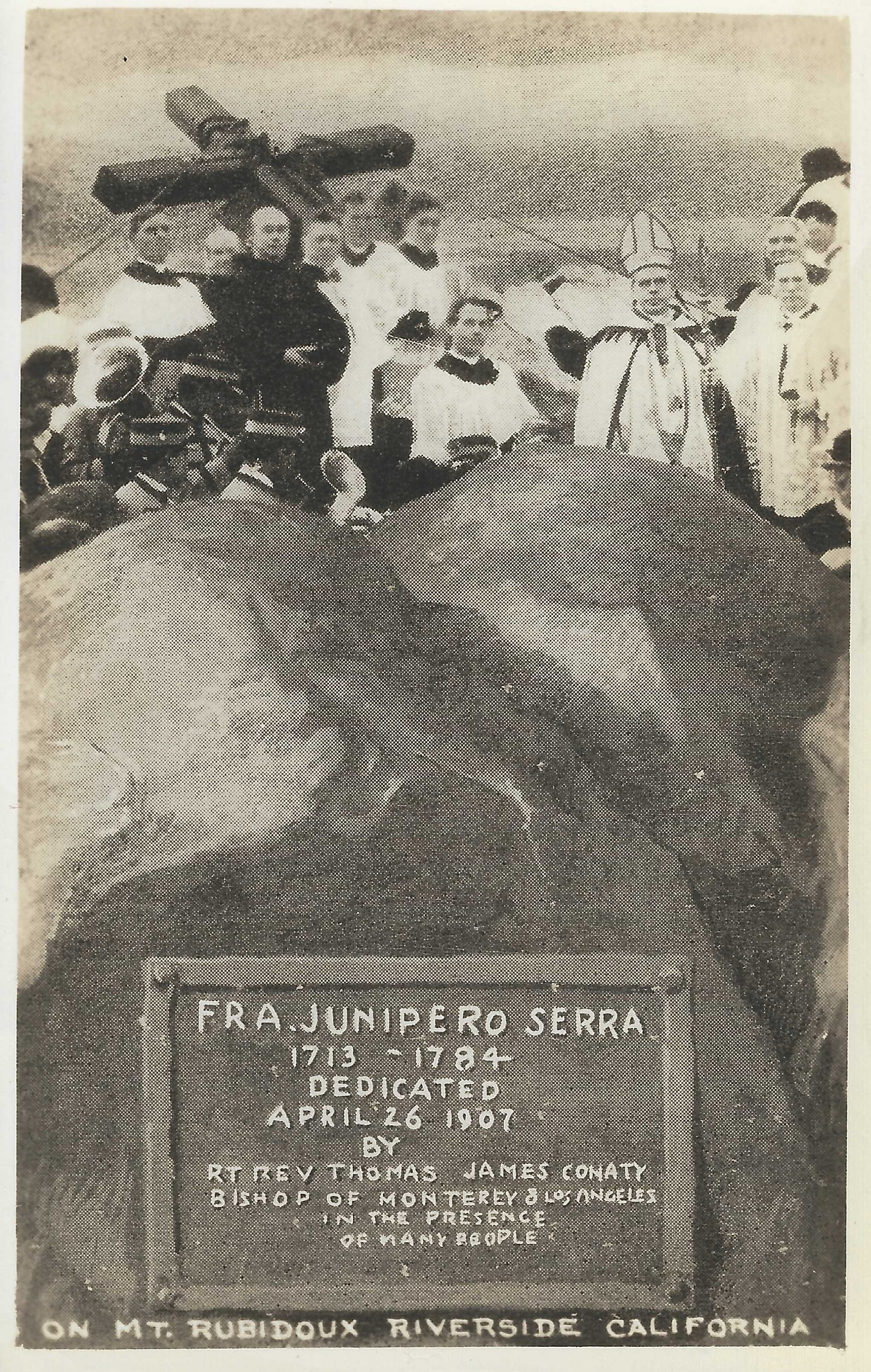
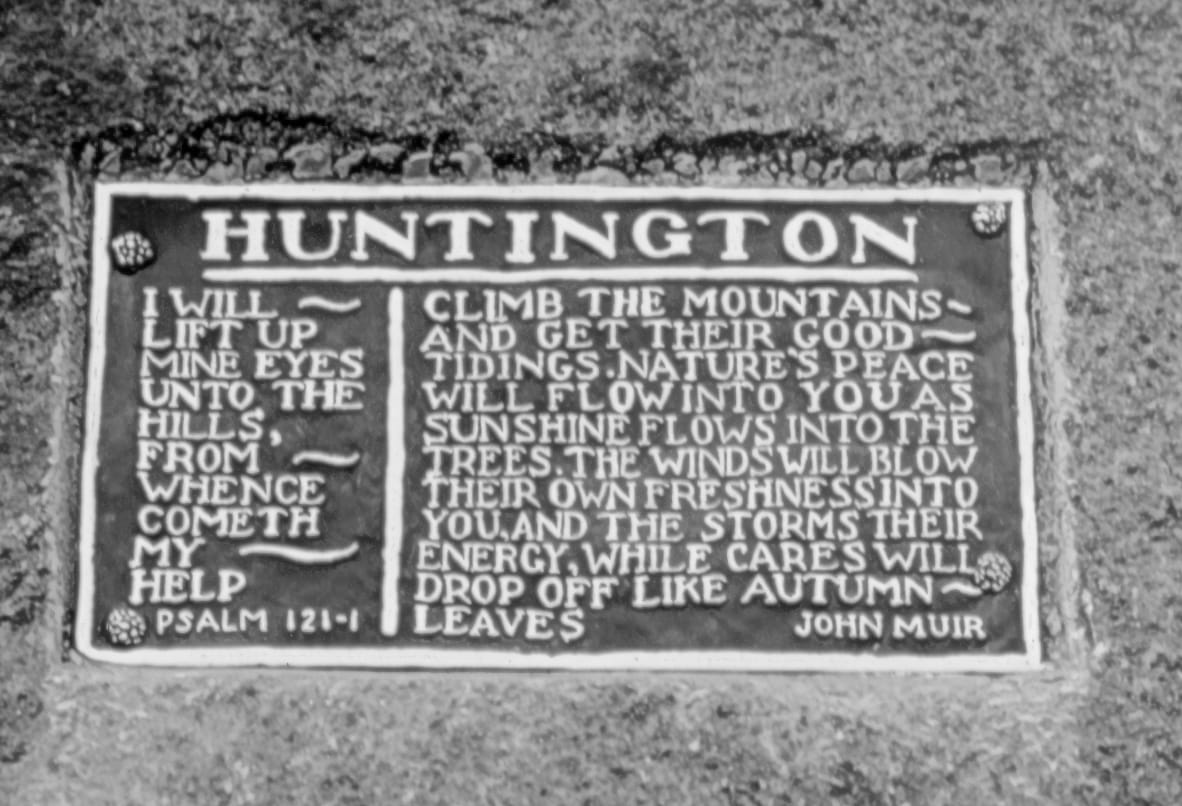
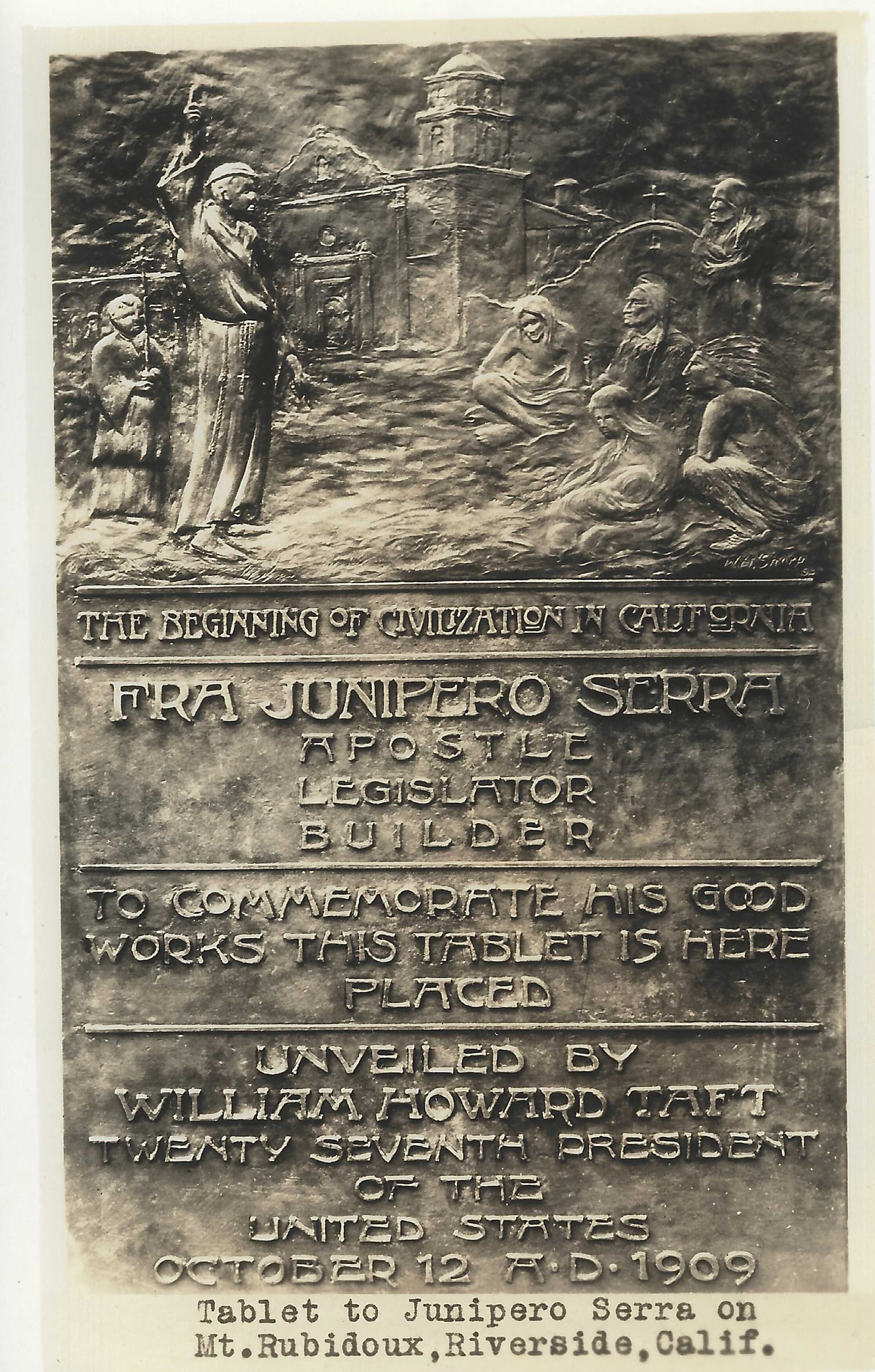
From left to right: Postcard of Tablet set below the Cross, Photo of the Huntington Tablet, Postcard of Tablet unveiled by President Taft. (Author's collection)
A few months later, the next tablet was added to honor Henry Huntington, the major financial supporter of the development of Mt. Rubidoux. The bronze tablet was on a boulder near the meeting point of the up-and-down road on the mountain's eastern side. On the top, in large capital letters, is HUNTINGTON. Below the name is the verse from Psalm 121:1, “I will lift up mine eyes to the hill…” and a quote from John Muir, “Climb the mountains…”
President William Howard Taft arrived in Riverside by train on October 12, 1909. Greeted by dignitaries at the station, Taft was given an automobile ride up the road to the top of Mount Rubidoux. He was instructed to pull a cord, which unveiled the next tablet. Supposedly, Taft complained that if he had been told before what was happening, he would have prepared a speech.
Frank Miller had varied connections and interests. That is demonstrated in the event on June 6, 1916. Bringing together the city, the state and county humane societies, the Audubon Society, the Landmarks Club, and officials from the Roman Catholic Church, the St. Francis Shrine and Fountain at the foot of the mountain was dedicated. Situated at the base of the mountain at the western entrance to the city, a fountain, and shrine were dedicated to St. Francis of Assisi. Often referred to as a lover of animals and birds, St. Francis has been portrayed in works of art preaching to the birds. Two tablets, one by the Audubon Society and one by the Humane Society, were part of the shrine.

While Frank Miller was away for six months in the Far East in 1925, Riverside's citizens planned to build a monument in his honor. Arthur B. Benton, who had designed the first two wings of the Mission Inn, designed the Frank A. Miller Testimonial Peace Tower and Bridge. After Miller returned to Riverside, the Peace Tower was dedicated in his honor on December 12, 1925. On the side of the tower is the tablet recognizing Miller’s advocacy for World Peace.
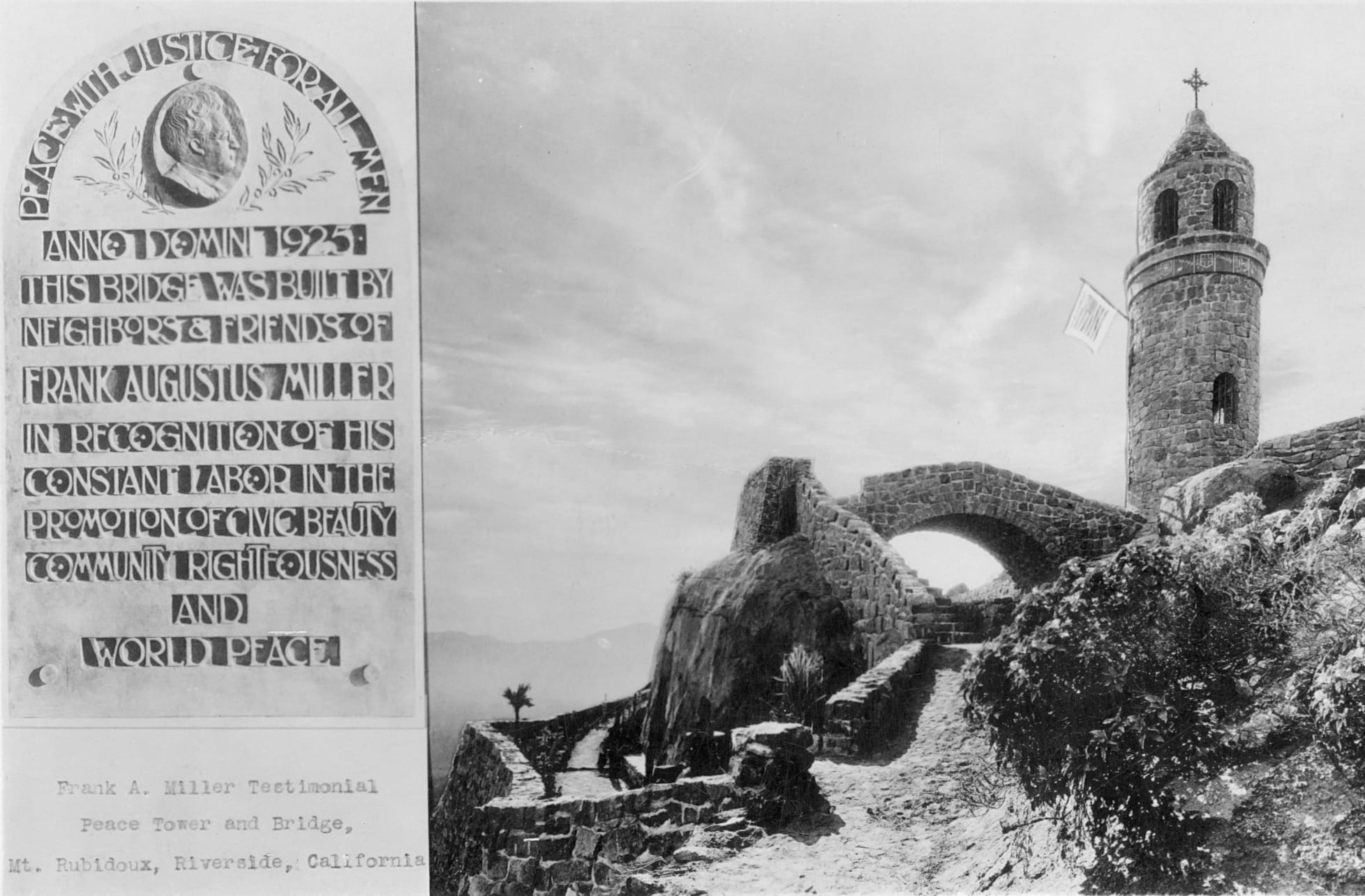
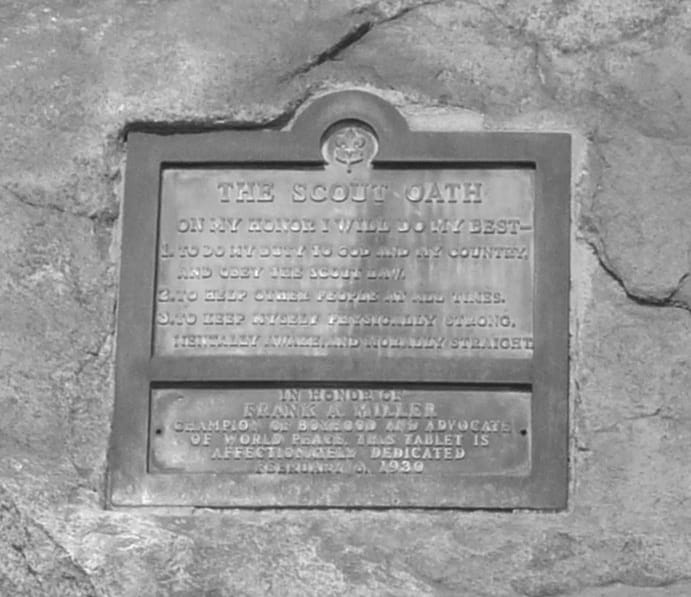
From left to right: Postcard of Peace Tower and the Tablet, Photo of the Boy Scout Tablet. (Author’s Collection)
In February of 1930, the Boy Scout troops in Riverside joined with others nationwide in celebrating the twentieth anniversary of the founding of the Boy Scouts of America. During this week-long celebration, the local scouts honored one of their biggest supporters and a county council executive board member: Frank A. Miller. At 2:30 in the afternoon of Saturday, February 8, the scouts gathered on the summit of Mount Rubidoux to raise the flag, recite the pledge of allegiance, sing America, and then unveil a bronze plaque in honor of Frank Miller.
Prince and Princess Tsunenori Kaya, members of the Japanese royal family, arrived in Riverside. After a meal at the Mission Inn, they were taken by automobile up Mount Rubidoux to the Peace Tower. There, they witnessed the unveiling of a tablet honoring Colonel Shunzo Kido. Kido was an equestrian at the 1932 Olympics in Los Angeles. Using his experience and the strong ability of his horse, he found himself leading the race and almost assured of the gold medal. However, he felt his horse faltering with only one jump left and less than a mile. He knew that if he pushed hard, the horse would drive himself to the finish. But the rider realized that by winning the race, he might likely push his horse to its death. In a selfless act of kindness, Kido pulled his horse to a stop, dismounted, and then walked the exhausted horse to the finish line. They were disqualified and lost the medal that they could have won.

During the summer of 1934, a second tablet in honor of Henry H. Huntington was added to the road ascending the mountain. Designed by William Sharp, the tablet had a picture of Huntington and a message praising his involvement with the development of Mount Rubidoux.
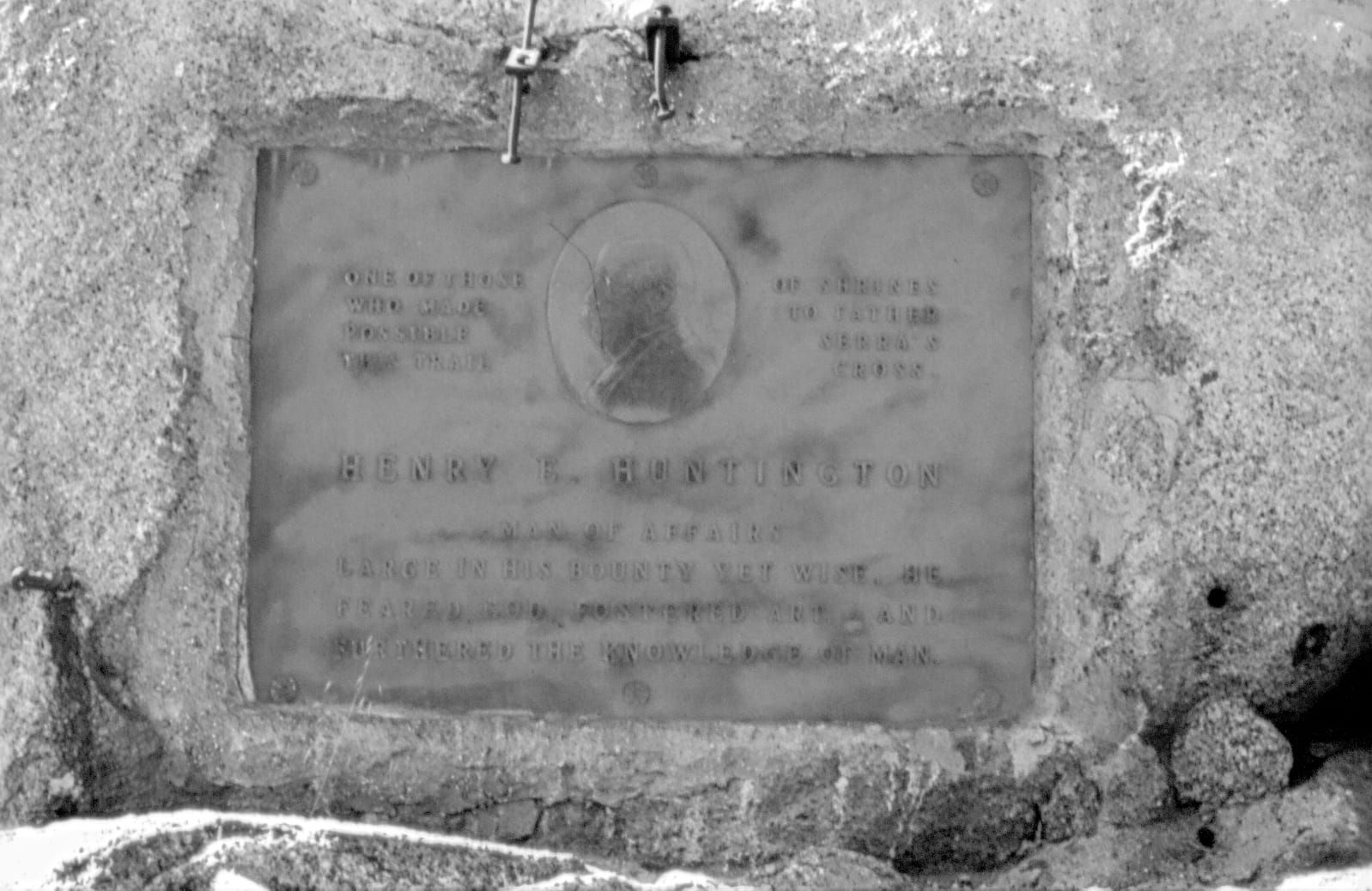
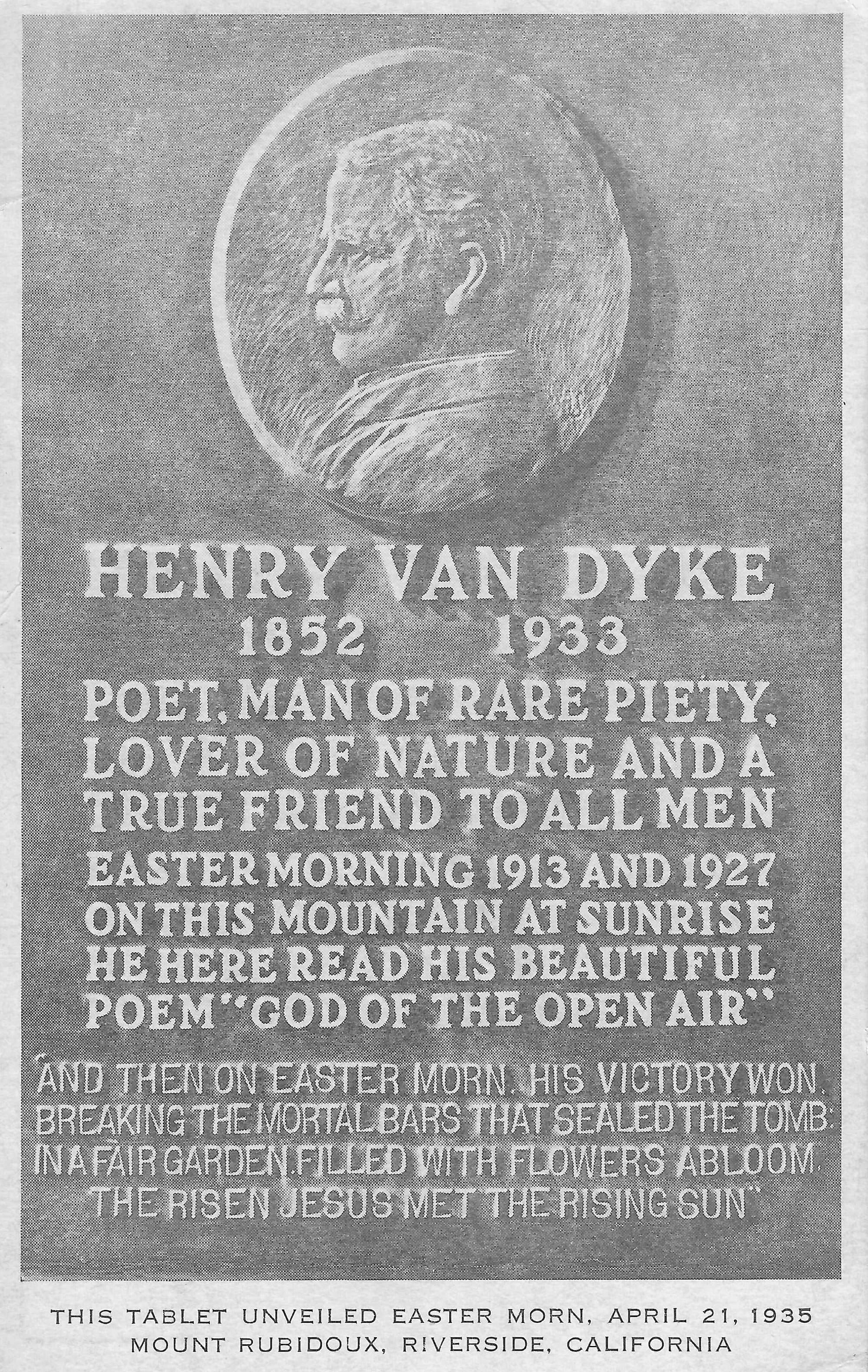
From left to right: Photo of Huntington Tablet (Author's collection), Postcard of the Henry Van Dyke Tablet.(Courtesy of the Museum of Riverside)
In 1913 Dr. Henry Van Dyke participated in the annual Sunrise Easter Service on Mount Rubidoux and read his poem, God of the Open Air. For the occasion, he added four lines that proclaimed the Easter message. Van Dyke had returned to Riverside in 1927 for the service to read his poem again. Six years later, Dr. Van Dyke died in April 1933 at the age of 81. Two years afterward, at the Easter Sunday Service on April 21, 1935, the Reverend Tertius Van Dyke, Henry’s son, was a guest at the service. He had the privilege of reading his father’s poem during that service. One source states that after reading the poem, the son unveiled a bronze tablet designed by William Sharp in honor of his father. The service program for that day reads that Frank Miller Hutchings did the unveiling. Most likely, they both took part in the ceremony. On the tablet are inscribed the words that Van Dyke added in 1913.
These are the tablets placed in various spots on the mountain during Frank A. Miller's life, commemorating events or people connected to Mount Rubidoux. In 2024, the Friends of Mount Rubidoux determined that one tablet connected to Miller was missing.
On March 22, 1914, Booker T. Washington visited Riverside and was a guest of Frank Miller at the Mission Inn. Washington spoke at two local churches, Sherman Institute, and the Mission Inn. Sometime that day, Frank A. Miller took Booker T. Washington up Mount Rubidoux to view Riverside and the surrounding area. A photograph of the two men standing near the summit was taken and is in the collection of the Mission Inn Foundation.
The Friends of Mount Rubidoux teamed up with the Riverside African American Historical Society and Riverside Parks, Recreation, and Community Services Department to plan and host a ceremony to dedicate a tablet honoring this momentous occasion when the two men stood next to each other atop Mount Rubidoux.
Join them at 2:00 p.m. on Friday, February 28, the last day of Black History Month, on the summit of the mountain for the dedication of the Washington-Miller tablet and a service commemorating the day and its surrounding events.
For more information on the various tablets on Mount Rubidoux and further history of the mountain, read Anecdotes on Mount Rubidoux and Frank A. Miller, Her Promoter.
Let us email you Riverside's news and events every Sunday, Monday, Wednesday, and Friday morning. For free